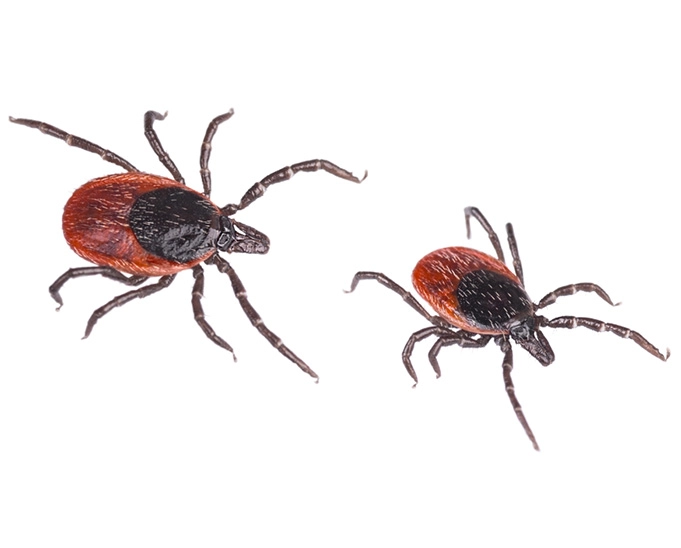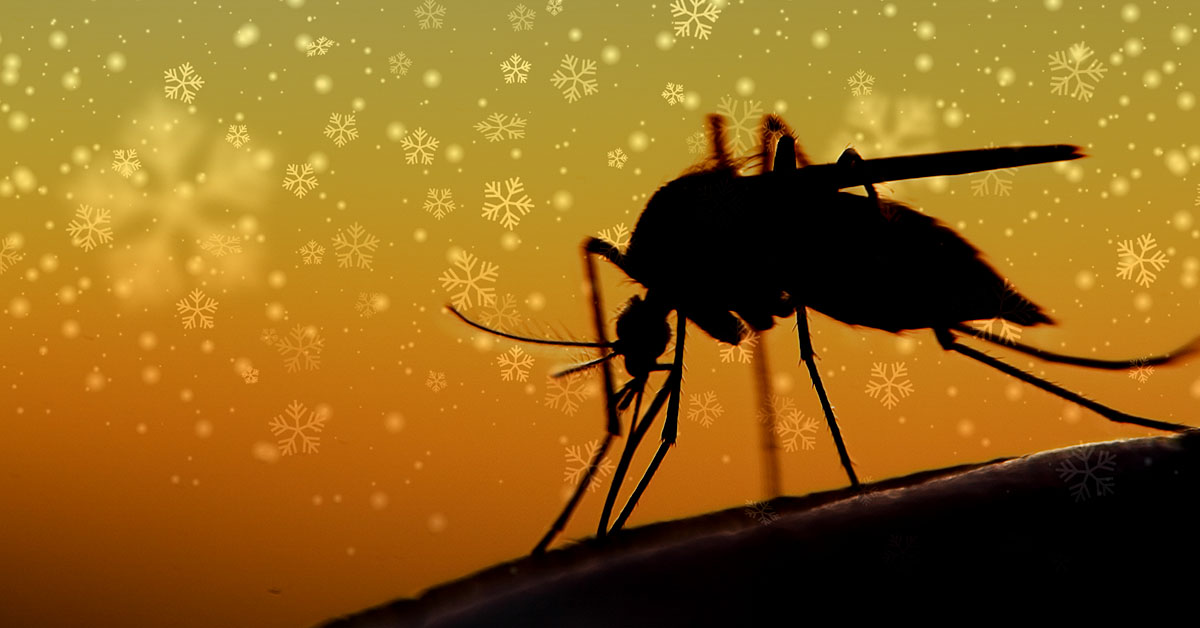The deer tick, also known as the black-legged tick, is a hard-bodied tick commonly found on the east coast, midwestern United States, and southeastern Canada. The deer tick can carry several diseases including Lyme Disease. This is the main reason the deer tick has entered public consciousness, and become a concern to those enjoying the outdoors on Long Island.
It gets its name from its tendency of latching onto white-tailed deer, but it can also by travel by attaching itself to lizards, mice, migratory birds, and traveling pets. Smaller animals are more common targets for this parasite in their early growth stages.
When the deer tick has consumed blood, it’s abdomen will appear grayish-blue. On an empty stomach, it will appear black. Because of this color change, it’s not uncommon for people to misidentify the parasite.
The average lifespan of a deer tick is approximately 2 years. It does not progress through its three stages (larva, nymph, and adult) without claiming a blood meal each time. They only feed during these three times of their lives. Smaller than the common dog tick, deer ticks can grow as large as a sesame seed.
At East End Tick & Mosquito Control®, we’re always ready to help you with your pest control needs. Contact us for a free, no obligation quote, or call us at 631-287-9700 to get started today.
Those bitten by the deer tick often have a bullseye-shaped rash where the tick attached. However, there are times where this indicator does not appear. Symptoms appear similar to the flu at first, and usually go away without treatment. It is estimated nine out of ten cases of lyme diseases go unreported.
Deer ticks can only transmit lyme disease the second or third time they feed, and must remain attached for at least 24 hours for the bacteria to transmit. If you’ve been bitten by a tick, properly detaching it as quickly as possible goes a long way.





